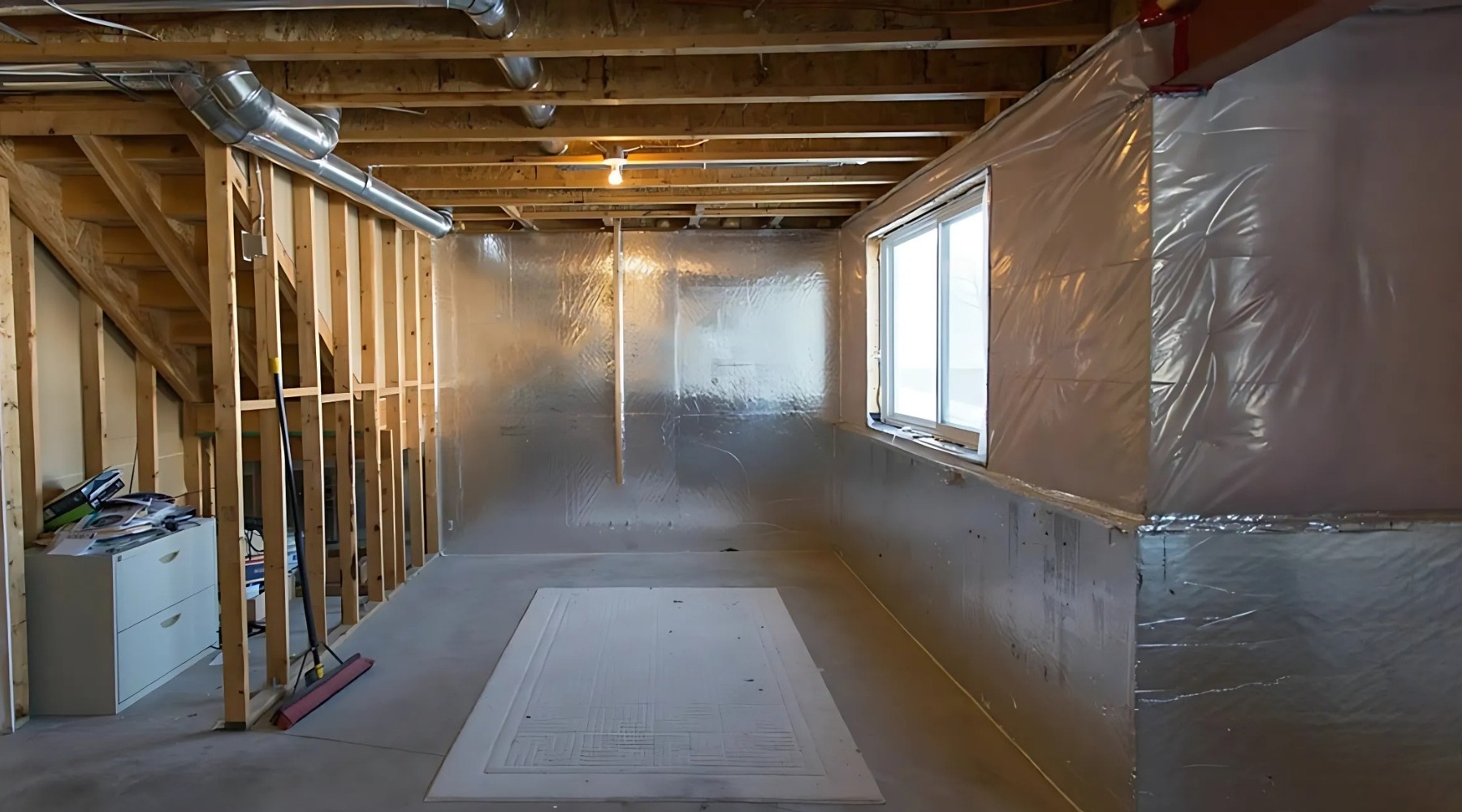
Commercial Waterproofing
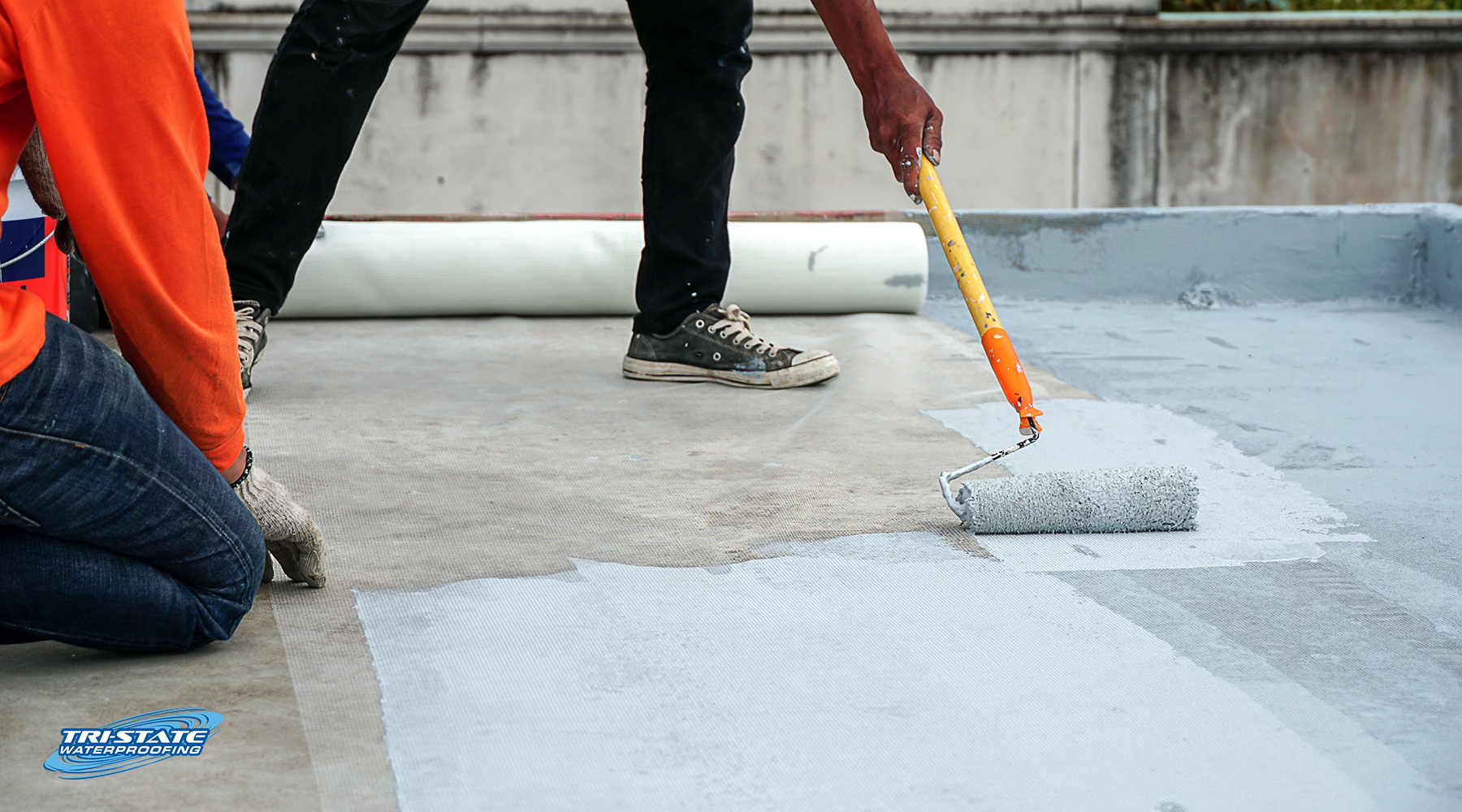
Waterproofing a commercial building requires a systematic approach that addresses multiple vulnerability points while ensuring long-term protection against water infiltration. With over 23 years of experience, Tri-State Waterproofing has been a reliable name in commercial waterproofing in Gainesville, serving properties throughout Georgia, South Carolina, and North Carolina. This guide walks ...

Maintenance of your basement is vital for a healthy home, especially when it comes to preventing moisture buildup and potential damage. By employing effective basement...
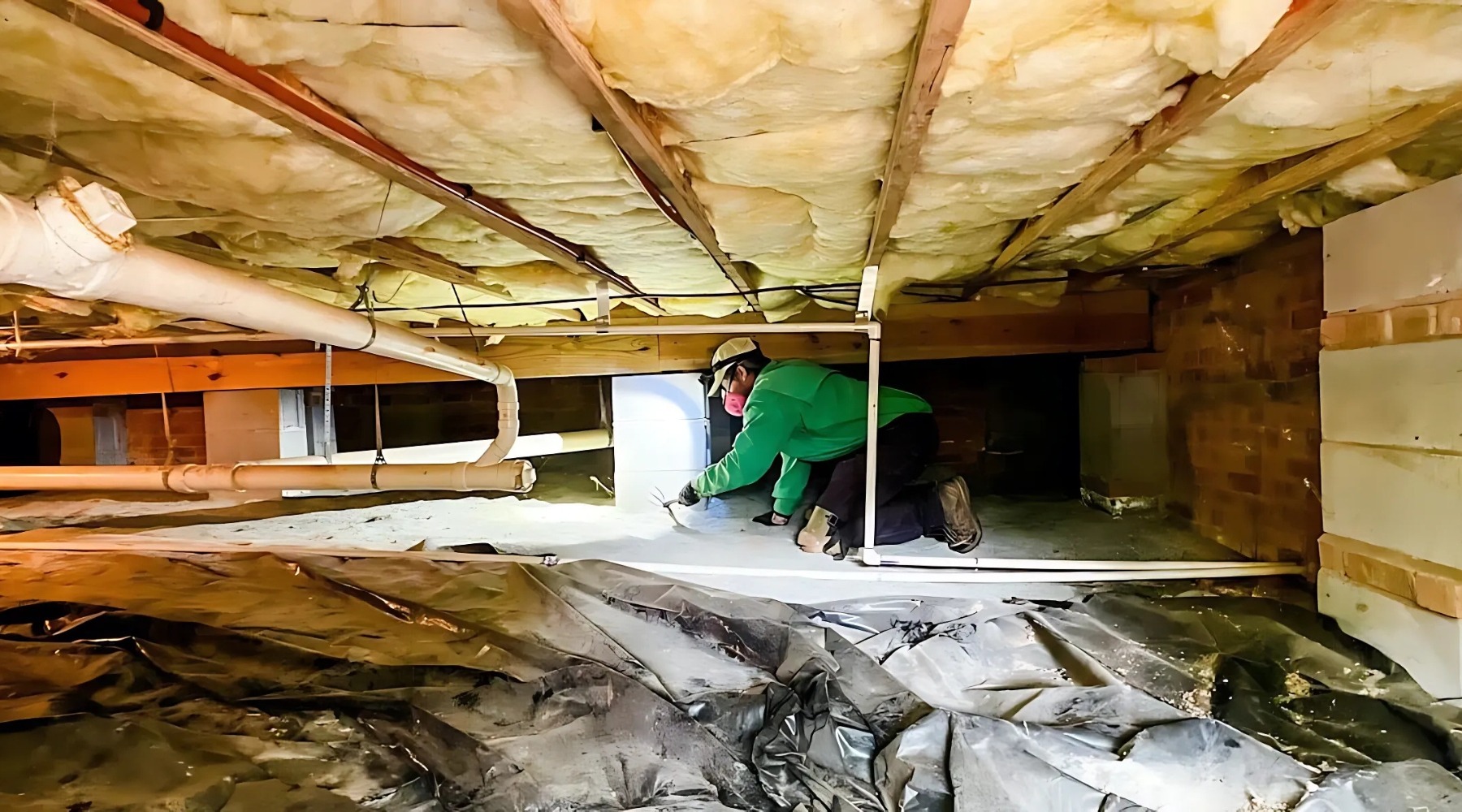
7 Signs Your Crawl Space Needs Immediate Repair And How To Address Them
Many homeowners overlook the importance of maintaining their crawl space, but signs of distress can lead to costly repairs if not addressed promptly. Your crawl...
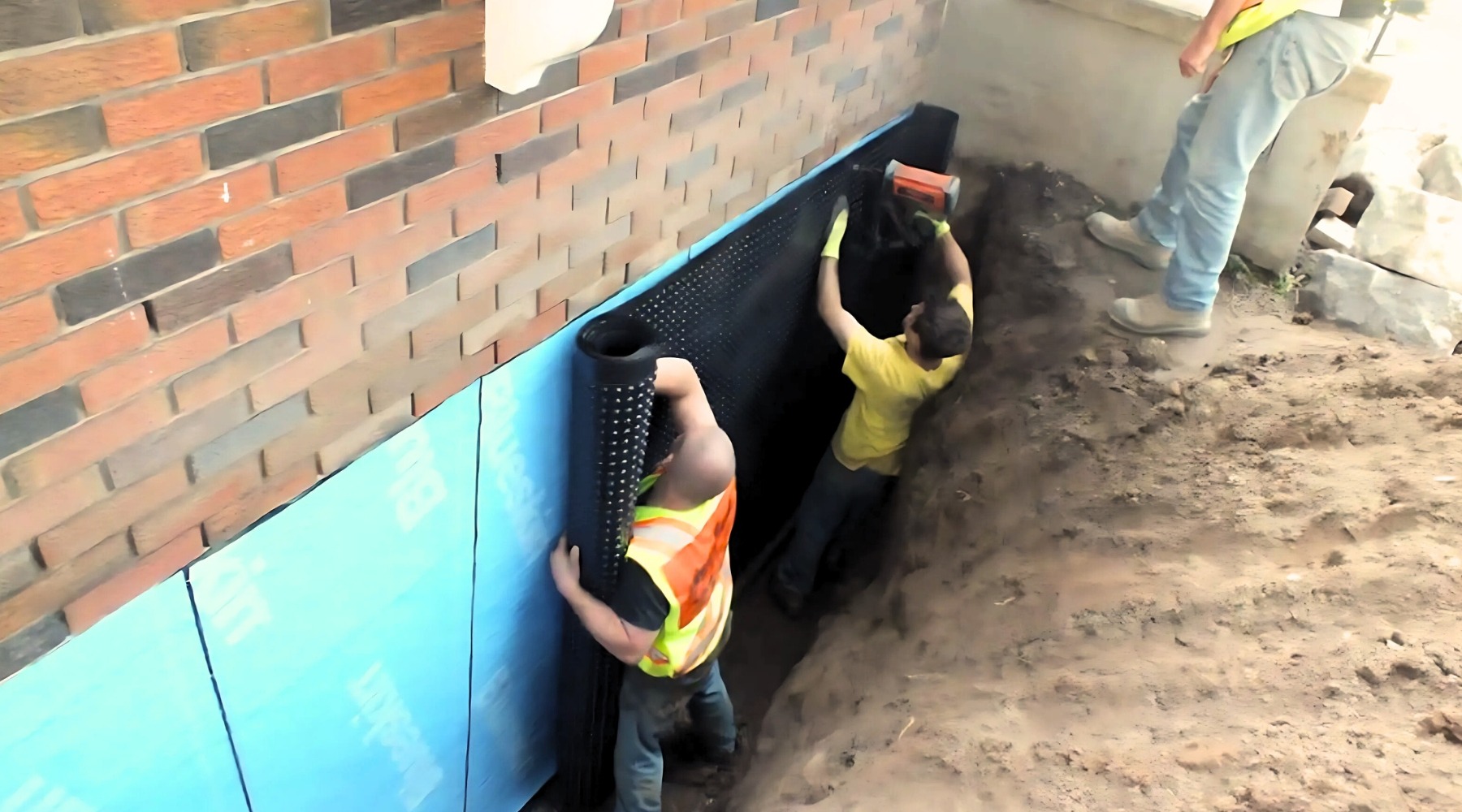
Top 5 Benefits Of Professional Foundation Waterproofing Services
Services like professional foundation waterproofing can significantly enhance the durability and safety of your home. By enlisting experts, you ensure that your foundation is protected...
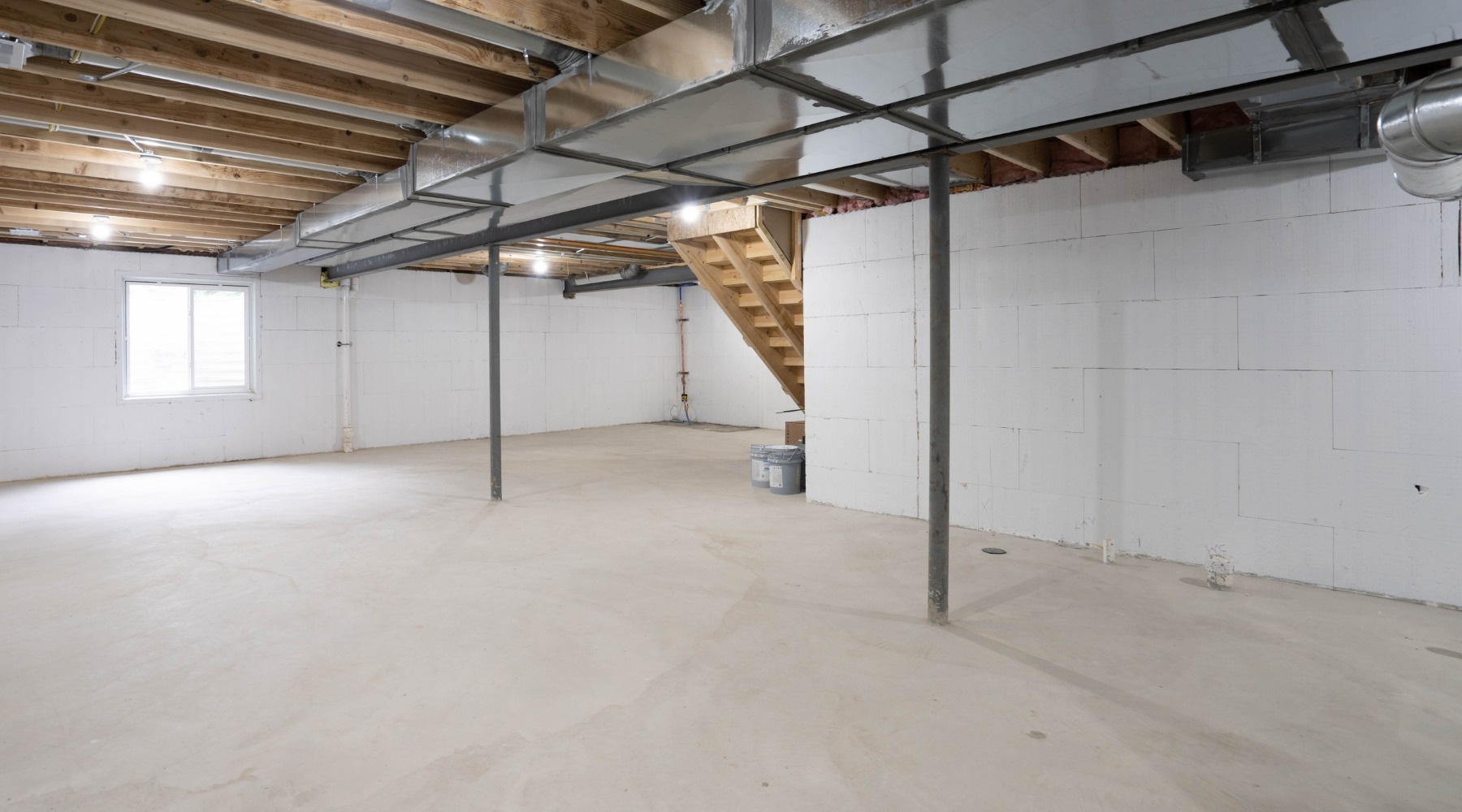
Seasonal Basement Waterproofing Tips – Preparing Your Home For Year-Round Protection
Most homeowners don't know the impact of seasonal changes on their basements. Statistically, about 60% of homes in the U.S. experience some moisture problem, leading...
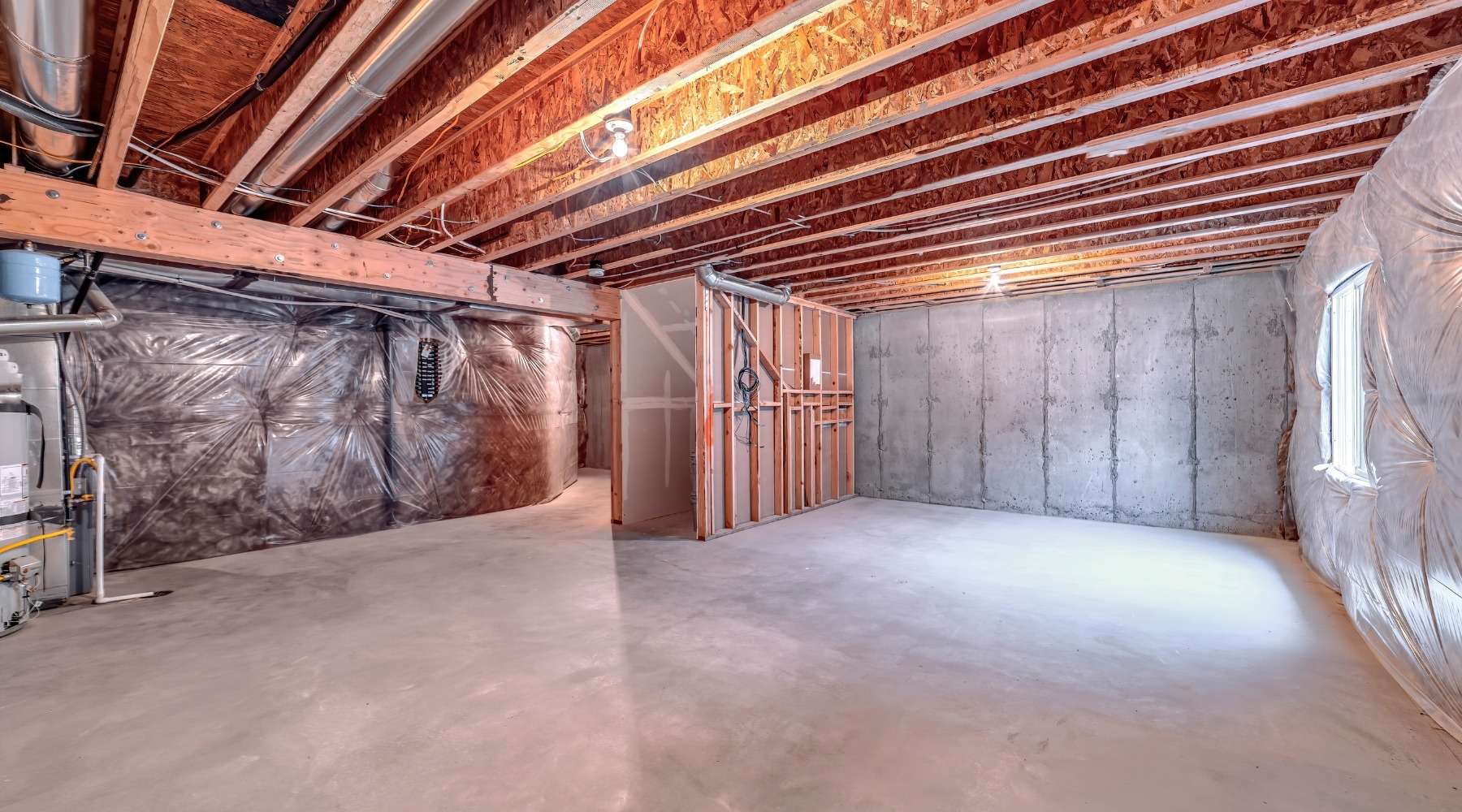
Top 5 Methods For Effective Basement Waterproofing For Your Home
There's a pressing need to safeguard your home from water damage, as statistics show that nearly 60% of American homes experience some form of basement...
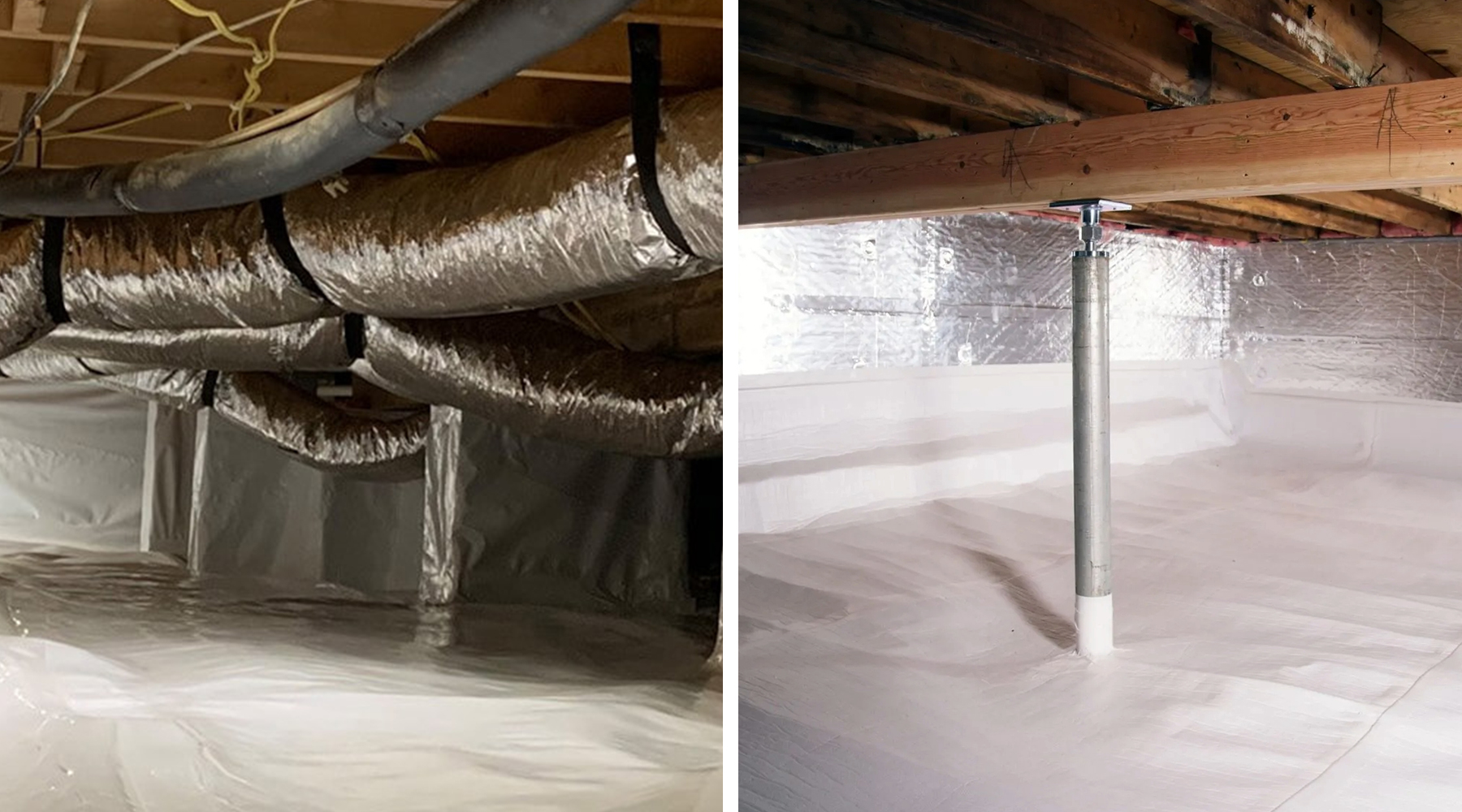
Crawl Space Repair vs. Encapsulation: Which is Right for You?
Encapsulation is a popular solution for homeowners dealing with damp and unmanageable crawl spaces, but it's crucial to understand whether it's the best option for...
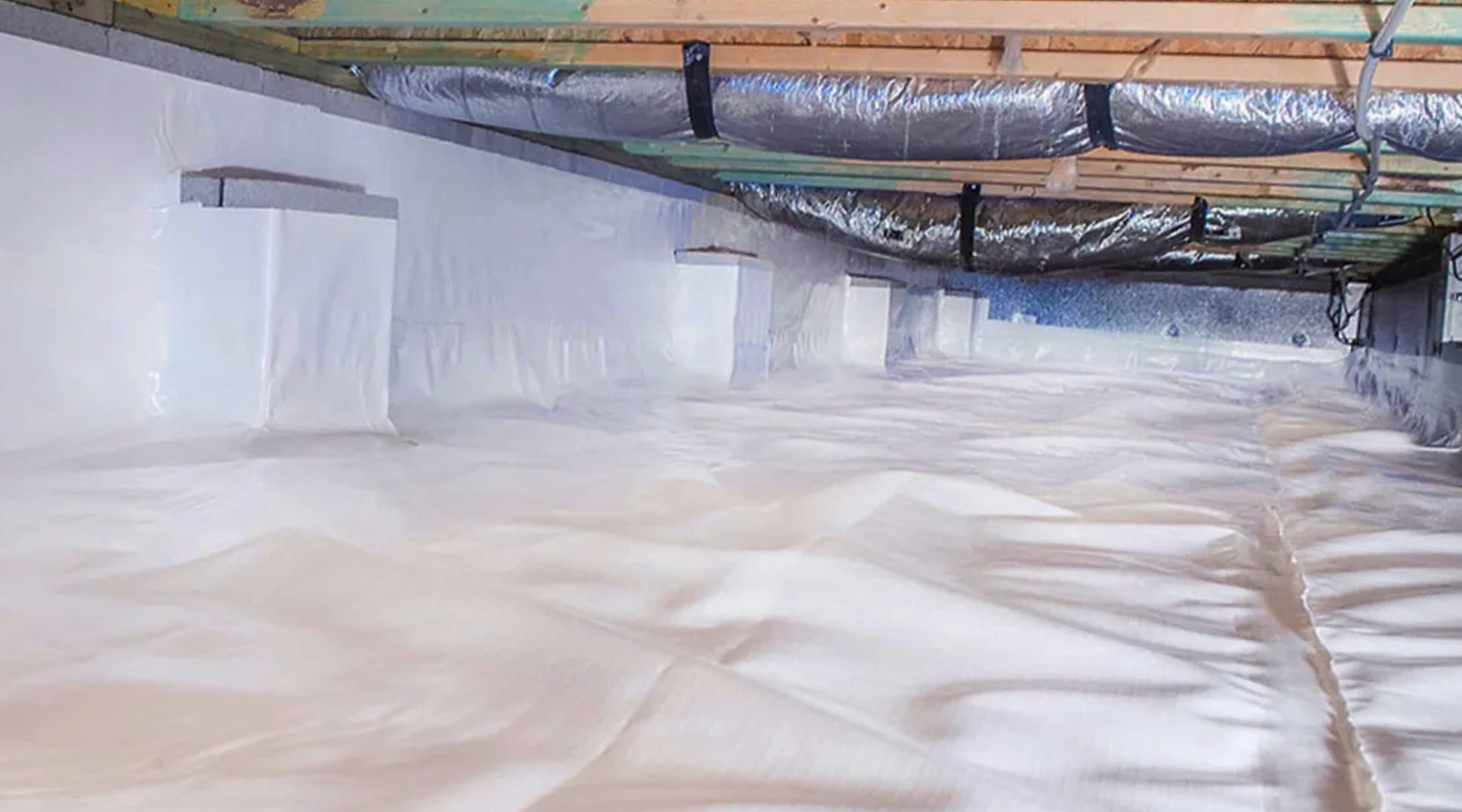
Crawl Space Moisture Problems: Causes and Solutions
Did you know that over 50% of homes have moisture issues in their crawl spaces? Crawl spaces are often overlooked, yet they can be a...
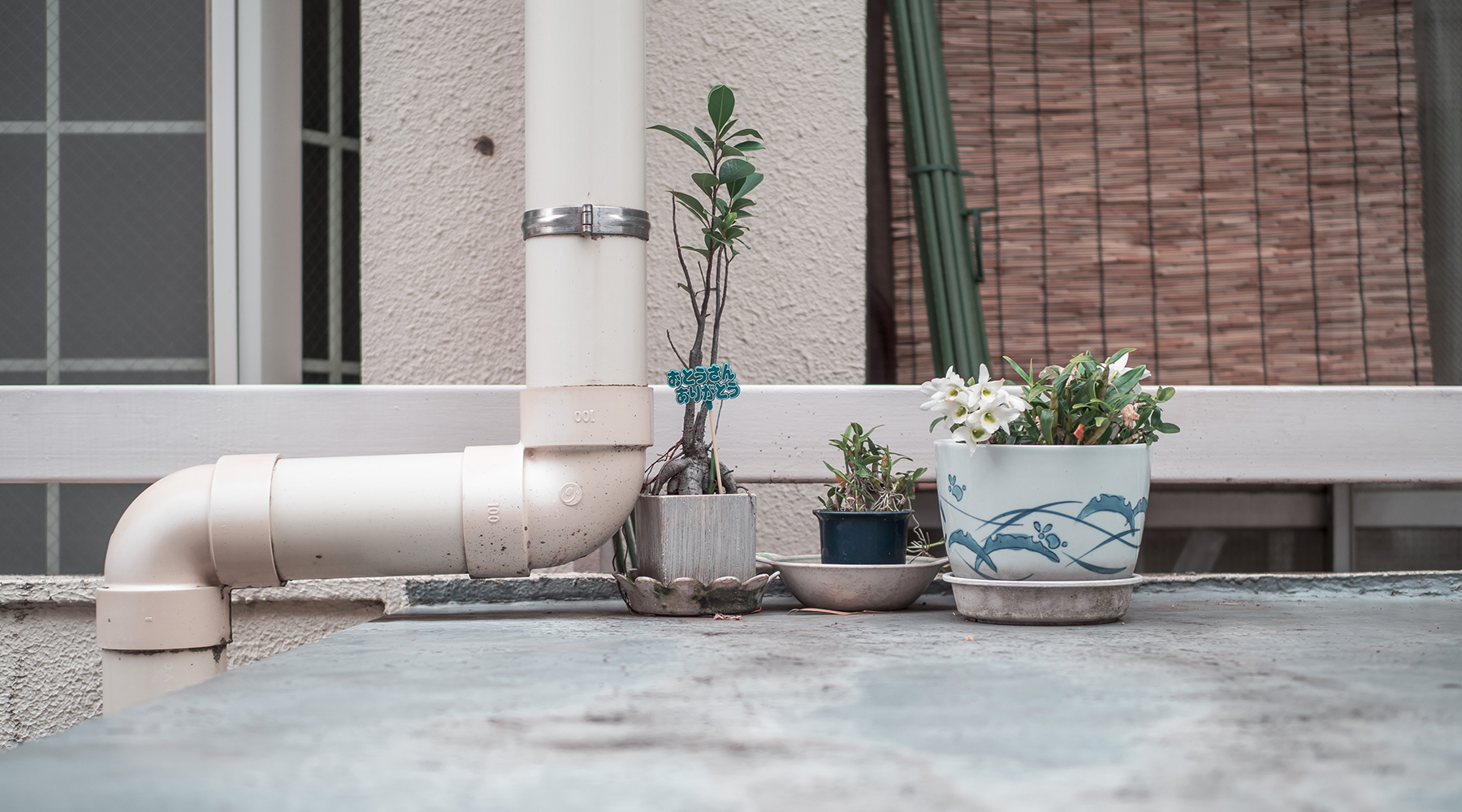
The Importance of Proper Drainage for Foundation Health
Did you know poor drainage can lead to water accumulation, accounting for nearly 50% of foundation repairs yearly? The health of your home's foundation directly...
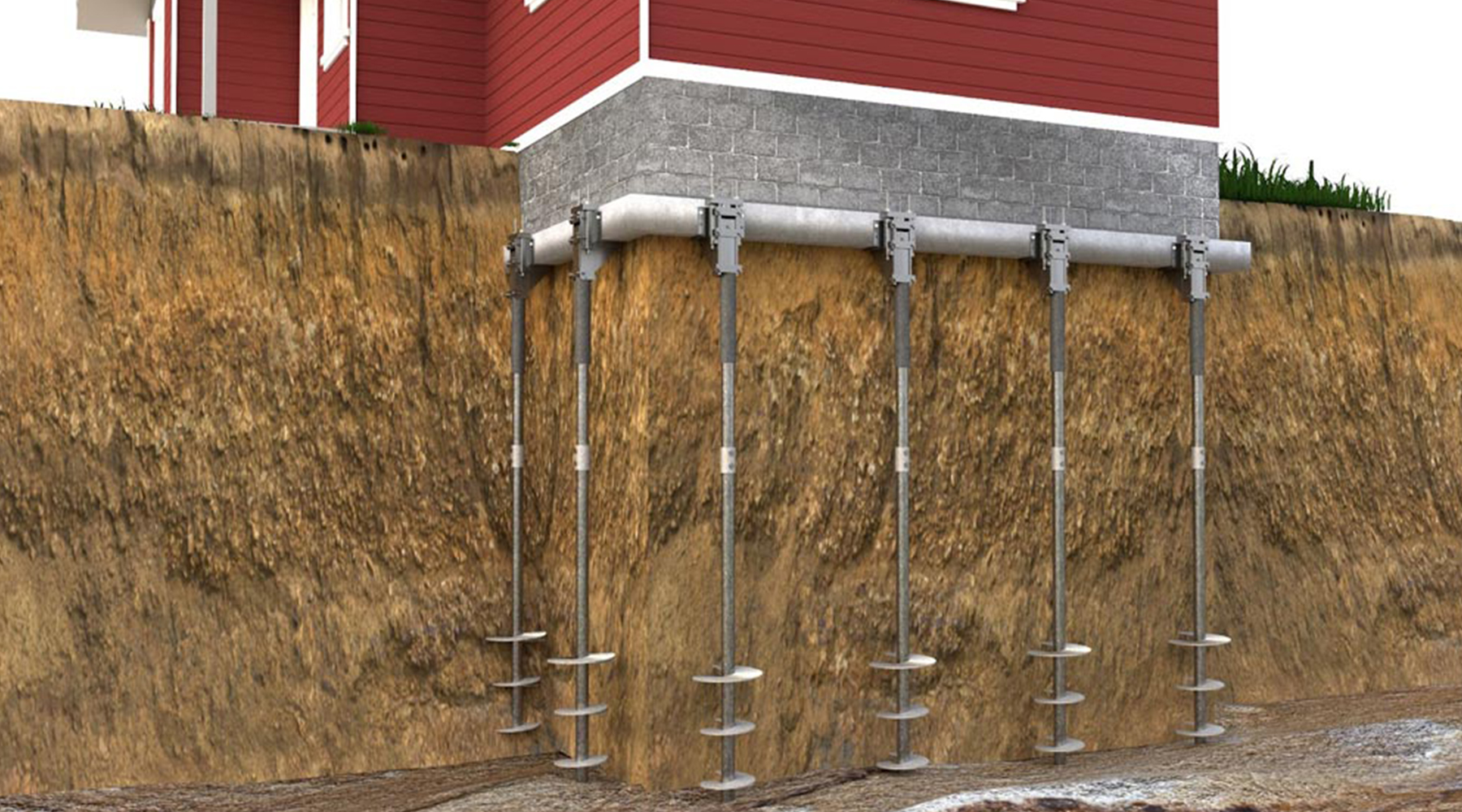
Why Helical Piers Outperform Traditional Foundation Repair Methods: Benefits, Cost, and Reliability
If your home or building is experiencing foundation issues, it’s important to choose a repair method that’s not only effective today—but reliable for decades to...
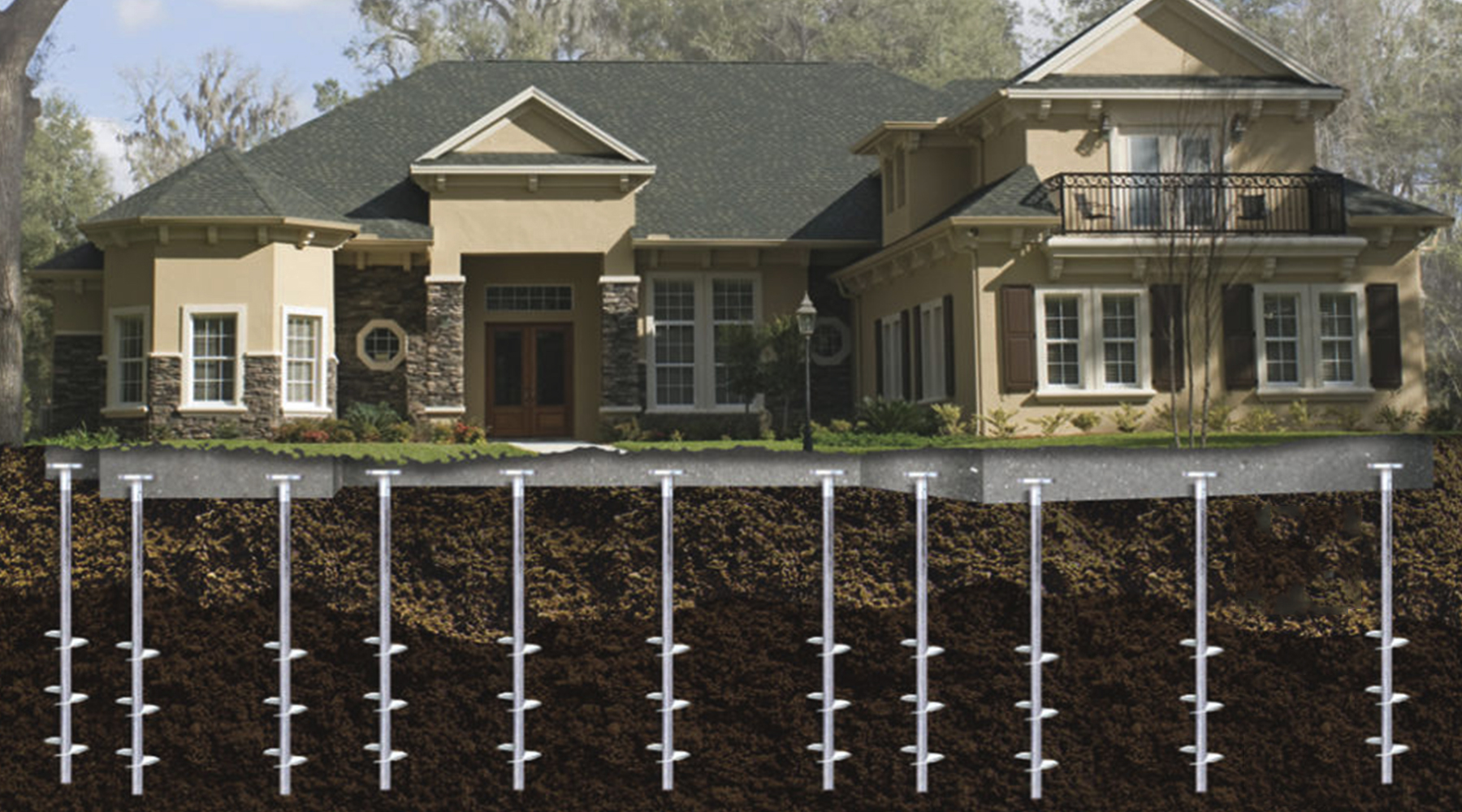
When should Helical Piers be used for foundation repair?
With the right knowledge, you can effectively address foundation issues in your home using helical piers. These innovative foundation solutions are particularly beneficial for properties...
Exit grid


